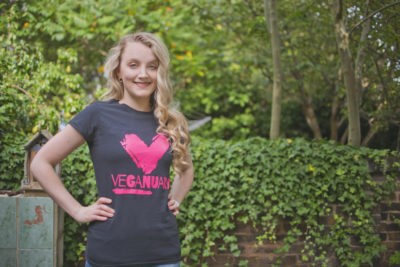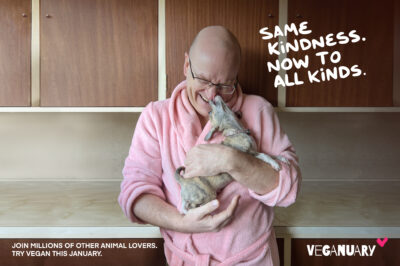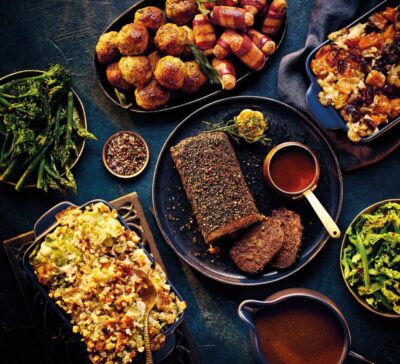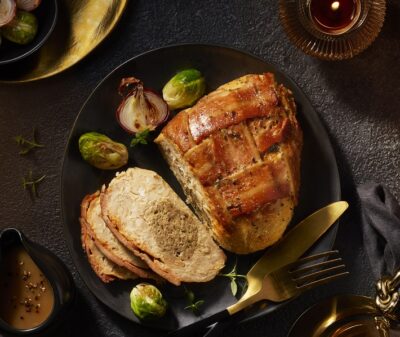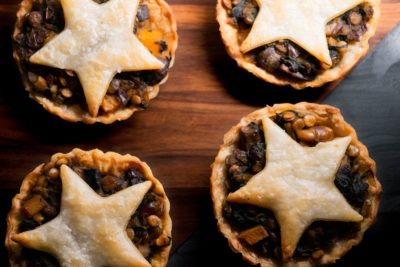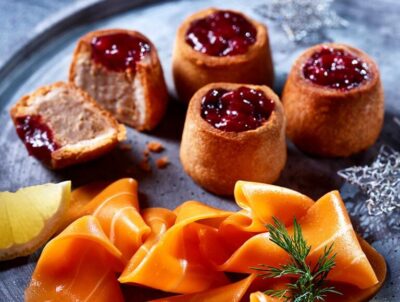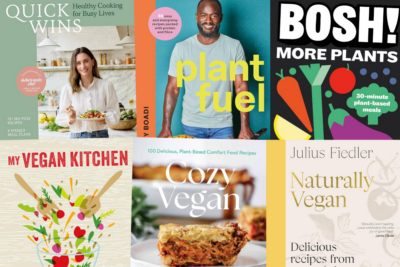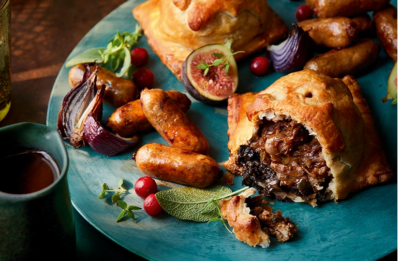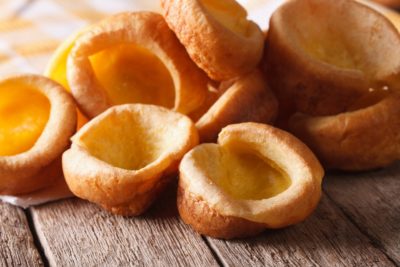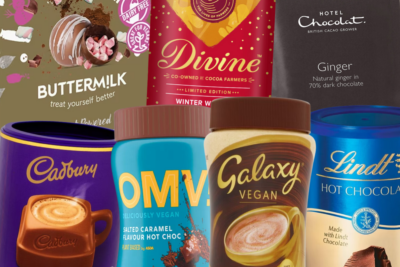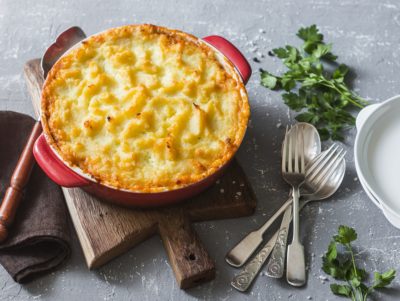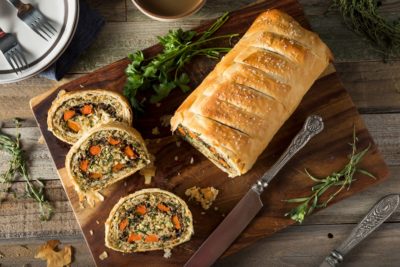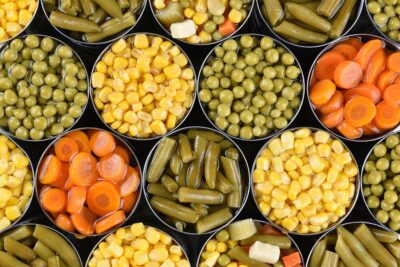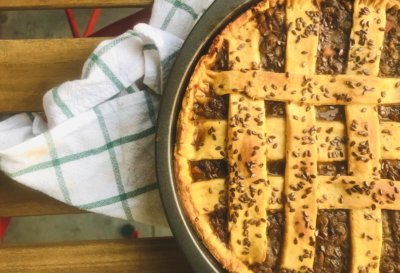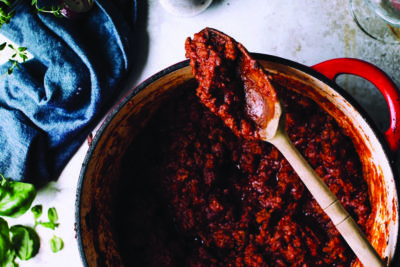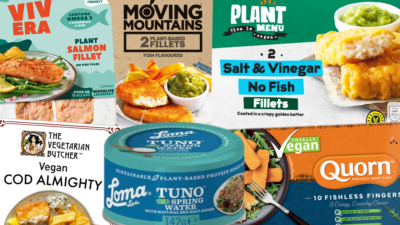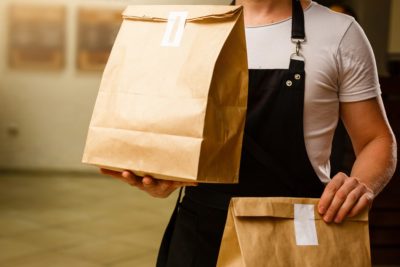The meat industry has turned beautiful, clever and harmless chickens into the most abused land animal on earth. Toni Vernelli, Veganuary’s Head of Communications, talks about the reality of intensive chicken farming in this blog.
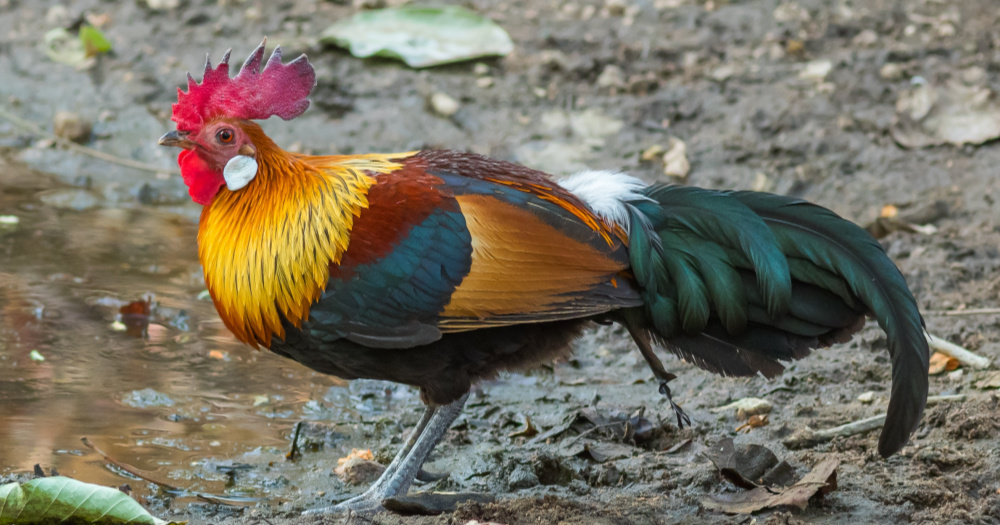
I was amazed the first time I met chickens. It was on a sanctuary just outside of Washington D.C. and they had been rescued from an egg farm.
As the sun started to dip on the horizon I watched in wonder as a line of 10 hens walked into the barn unprompted and settled into their individual nest boxes.
I couldn’t believe how well-trained the birds were, but the caretaker explained this was their natural behaviour. In the wild, chickens – or jungle fowl to give them their proper name – are on many predators’ menus so take cover when the light starts to fade.
Naturally, they would roost in trees overnight, but a cosy nest box inside a barn is a much safer choice if you have the option.
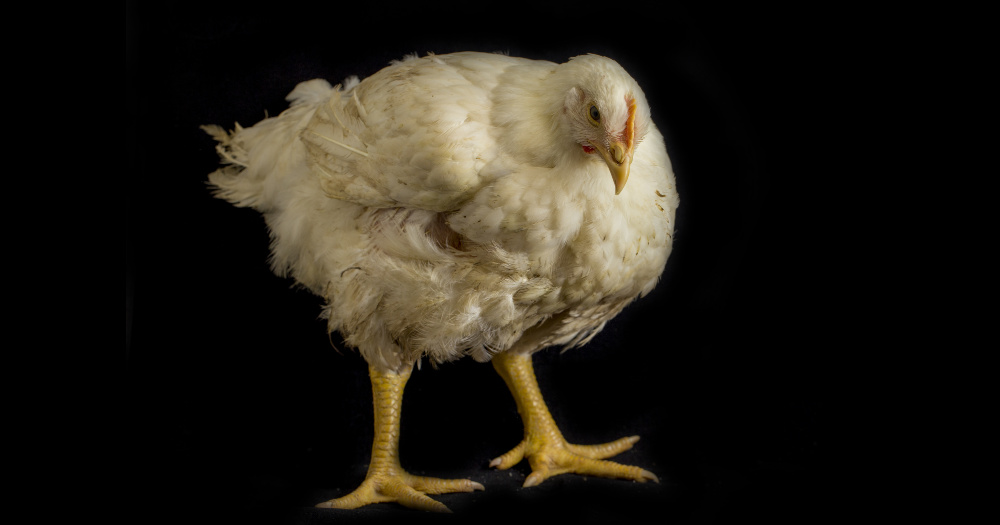
I have been lucky enough to see wild jungle fowl in Sri Lanka. These beautiful birds live in forests across Southern Asia and are the wild cousins of domesticated chickens.
They’re smaller than the chickens we farm (due to our selective breeding for bigger and bigger birds) and can live up to 10 years – a stark contrast to the chickens we eat who are slaughtered at just 5-6 weeks old, although many don’t even survive that long.
“Over 1 billion chickens are slaughtered for meat in the UK each year. The vast majority – around 94% – are reared inside factory farms. Their lives could not be more different to their wild relatives.”
It will begin in a hatchery where giant ovens are used to incubate the eggs, with no mother hens in sight. When they hatch they’ll be sorted on a conveyor line – males to one side, females to the other, and those too small or weak to survive shipping to a farm thrown into a bin to be gassed or ground alive.
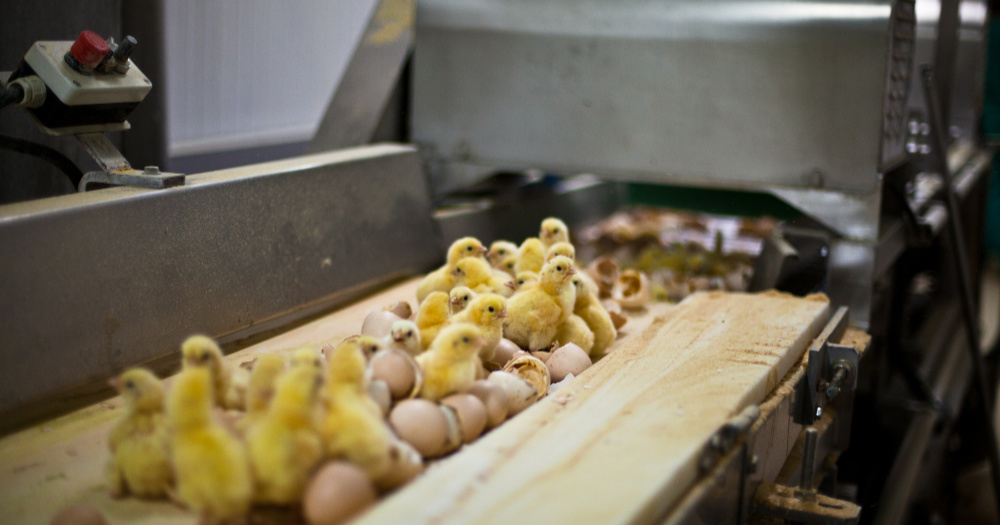
On the farm, they’ll be dumped into an enormous shed that looks like an aircraft hanger, along with 50,000 other chicks. It seems spacious – albeit barren – for these tiny little yellow fluffballs, but that soon changes.
Generations of selective breeding have created birds who grow much faster and much bigger than they would naturally, so within two weeks the shed is overcrowded and the air reeks of ammonia from the birds’ droppings which are piling up.
Over the next few weeks, the birds’ bodies will continue to balloon. Most will struggle to stand and breathe; many won’t survive until slaughter.
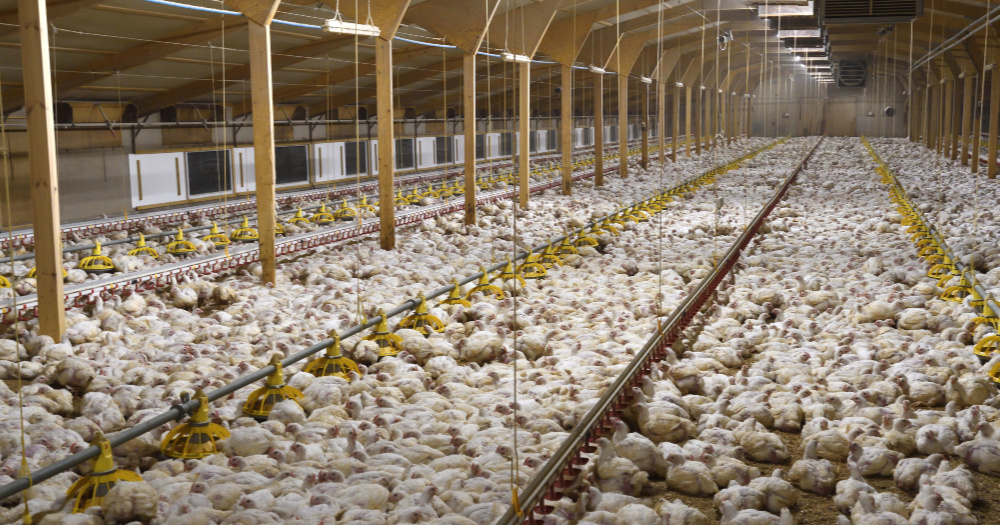
Intensive chicken farming results in unnatural and overcrowded conditions. Even free-range chickens are victims of horrific conditions.
Their bodies have been pushed to such unnatural extremes of size and shape (breast-heavy), that around 50 million chickens die on-farm every year in Britain.
Their distorted and diseased bodies are simply thrown in the rubbish. Adding insult to injury, more than a million chickens die in transport between the farm and the slaughterhouse each year.
In fact, more chickens die without ever reaching the slaughterhouse (or food chain) every year than all of the cows, pigs and sheep killed for food each year combined.
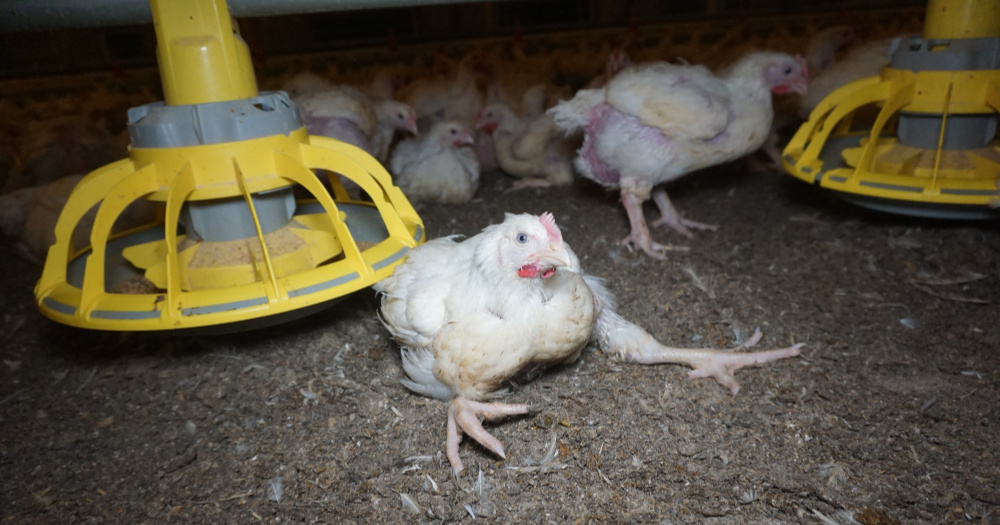
“The meat industry has turned a beautiful, clever and harmless bird into the most abused land animal on earth; it’s a tragedy.”
And for those of us privileged enough to spend time with chickens, it’s utterly heartbreaking. With so many delicious vegan chicken alternatives available, this suffering is completely unnecessary.
Why not leave these innocent animals off your plate and try vegan with us? Our Choose Chicken Free campaign highlights just how easy it is to eat plant-based!


